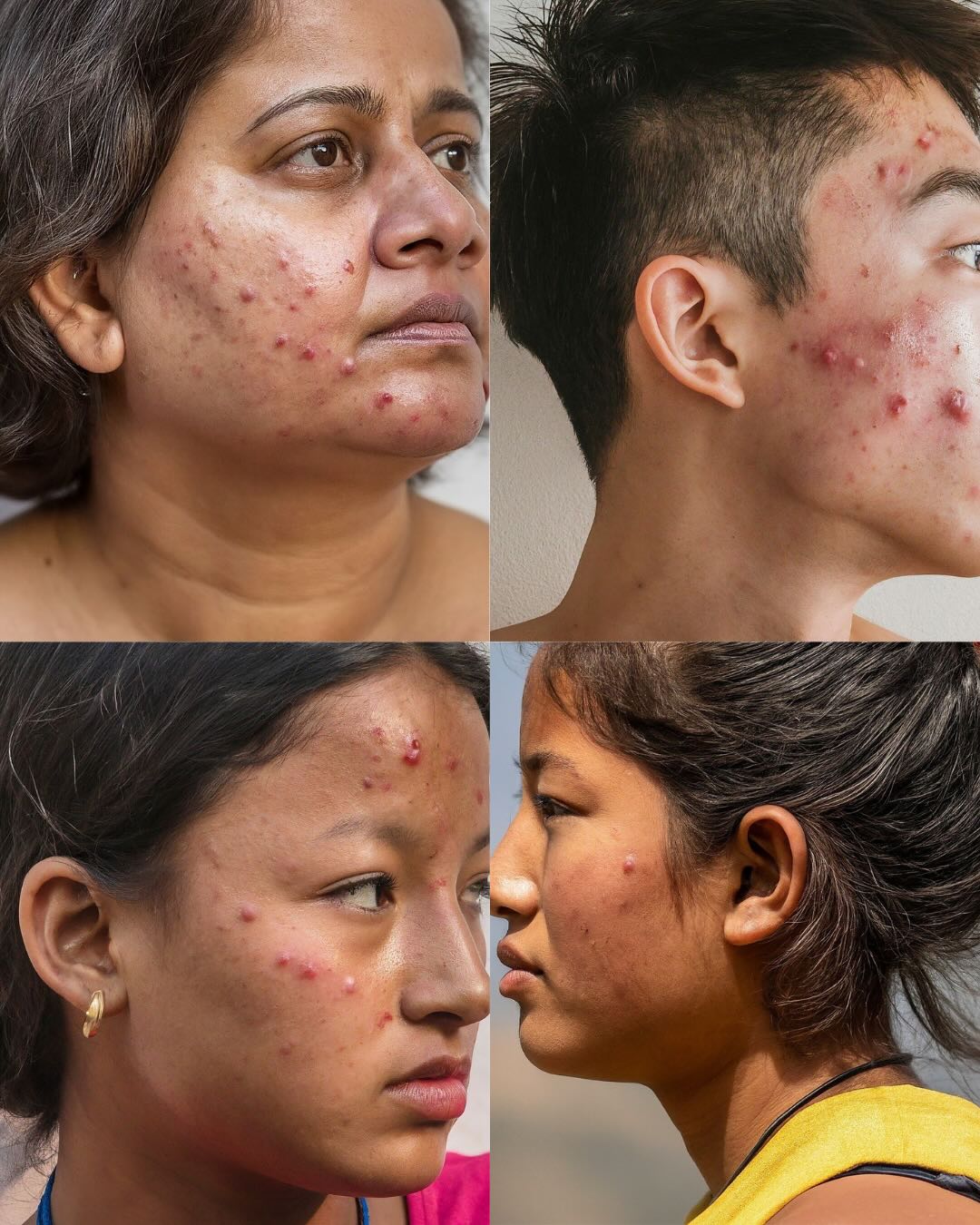- 9801358600
- info@dermaclinic.com.np
- 4th Floor Bishal Bhawan,Basundhara Chowki



Acne treatment in children may differ from that in adults . Some medications, such as isotretinoin, may not be suitable for younger patients. Dermatologists consider factors such as the child’s age, acne severity, and potential side effects when developing a treatment plan..
Ongoing research continues to shed light on the pathogenesis of acne and explore novel treatment approaches.
A new 4% minocycline foam offers a topical delivery system for this antibiotic, minimizing systemic absorption and reducing the risk of antibiotic resistance .
Topical tranexamic acid has shown promise in reducing inflammatory acne lesions and improving post-inflammatory erythema .
This topical agent targets sebaceous glands directly, offering a novel mechanism of action for reducing sebum production and acne development .
A once-weekly mask derived from Spongilla lacustris extract is under development, with potential anti-inflammatory and antimicrobial properties .
Studies have shown that oral probiotics may have beneficial effects in acne treatment by inhibiting C. acnes and modulating the immune response .
Metformin, traditionally used to treat diabetes, has shown potential as an adjunctive therapy for acne, particularly in patients with polycystic ovary syndrome .
Several promising acne treatments are currently under development:
Acne treatments can have potential side effects, including:
Contact Derma Clinic For Best options for your Acne Treatment
Call: 9801358600 To Book your Appointment.
Derma Clinic
Basundhara Chowki
Kathmandu
Nepal